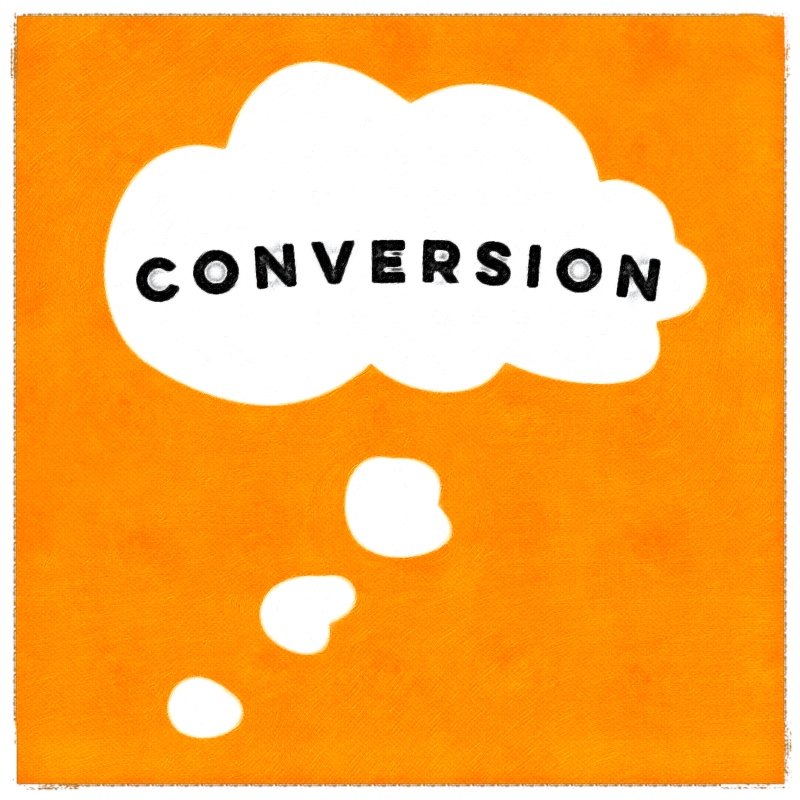 Anyone who has ever taken a class in marketing can tell you that a call-to-action is “a piece of content intended to induce a viewer, reader, or listener to perform a specific act.” While this definition may be useful if you’re trying to pass a marketing quiz, it doesn’t really help you in the real world. A call-to-action is some text or an image that tells your reader what you want them to do. You could ask your readers to download your book, click to visit your website, share your post or just about anything else.
Anyone who has ever taken a class in marketing can tell you that a call-to-action is “a piece of content intended to induce a viewer, reader, or listener to perform a specific act.” While this definition may be useful if you’re trying to pass a marketing quiz, it doesn’t really help you in the real world. A call-to-action is some text or an image that tells your reader what you want them to do. You could ask your readers to download your book, click to visit your website, share your post or just about anything else.
However, even though the call-to-action is one of the most basic concepts of marketing, many people don’t like to use them. They usually have one of two standard excuses:
- Call-to-action phrases are annoying.
- Everyone knows what to do if they like your products.
Neither of these excuses holds up to scrutiny. Putting a link to learn more about your product in a blog post isn’t annoying; it convenient. It isn’t wise to assume that people know what to do if they like your products. The last thing you want is for your article to prompt them to visit a competitor. Your results will usually be better when you communicate clearly.
Building a Better Call-to-Action
Are you still unsure about defining your call to action? Here are five tips that can help:
- Make it Clear: Your readers should know what to expect when they click your call-to-action. For example, the phrase “Click Here to Subscribe to Our Newsletter” is much better than just “Click Here.” You are starting a relationship with your customer when they respond to your call-to-action. Being clear is the best way to start this relationship on the right foot.
- Make it Easy: Your call-to-action should not be complicated. You might think a phrase like “go to our website, call us or visit us in person to learn more!” gives your reader options, but it sounds a little desperate. Keep it simple, and people are more likely to respond.
- Make it Verifiable: Did anyone respond to your call-to-action? If you’re not monitoring your traffic, you won’t know. Measuring the impact of your call-to-action statements also lets you test a variety of options to see what works best.
- Make it Universal: Your call-to-action belongs everywhere. Every blog post, every printed mailer and every sales conversation should include a call to action. You are in business to sell products and services; that’s not a secret. If you want people to respond, give them the opportunity.
- Define it in Advance: The most important tip of all is to define the #1 thing you want someone to do. Whether it’s to make a purchase, book an appointment, or something else, make sure you don’t get caught up in creating a call-to-action that isn’t in alignment with your number one goal.
The goal of all your marketing efforts is to promote your products or services. Though it may seem old-fashioned and simplistic, the call-to-action should still be a crucial part of your website conversion efforts and overall marketing toolkit. Define your call to action today!
Want more tips and insights from Cuppa SEO?
